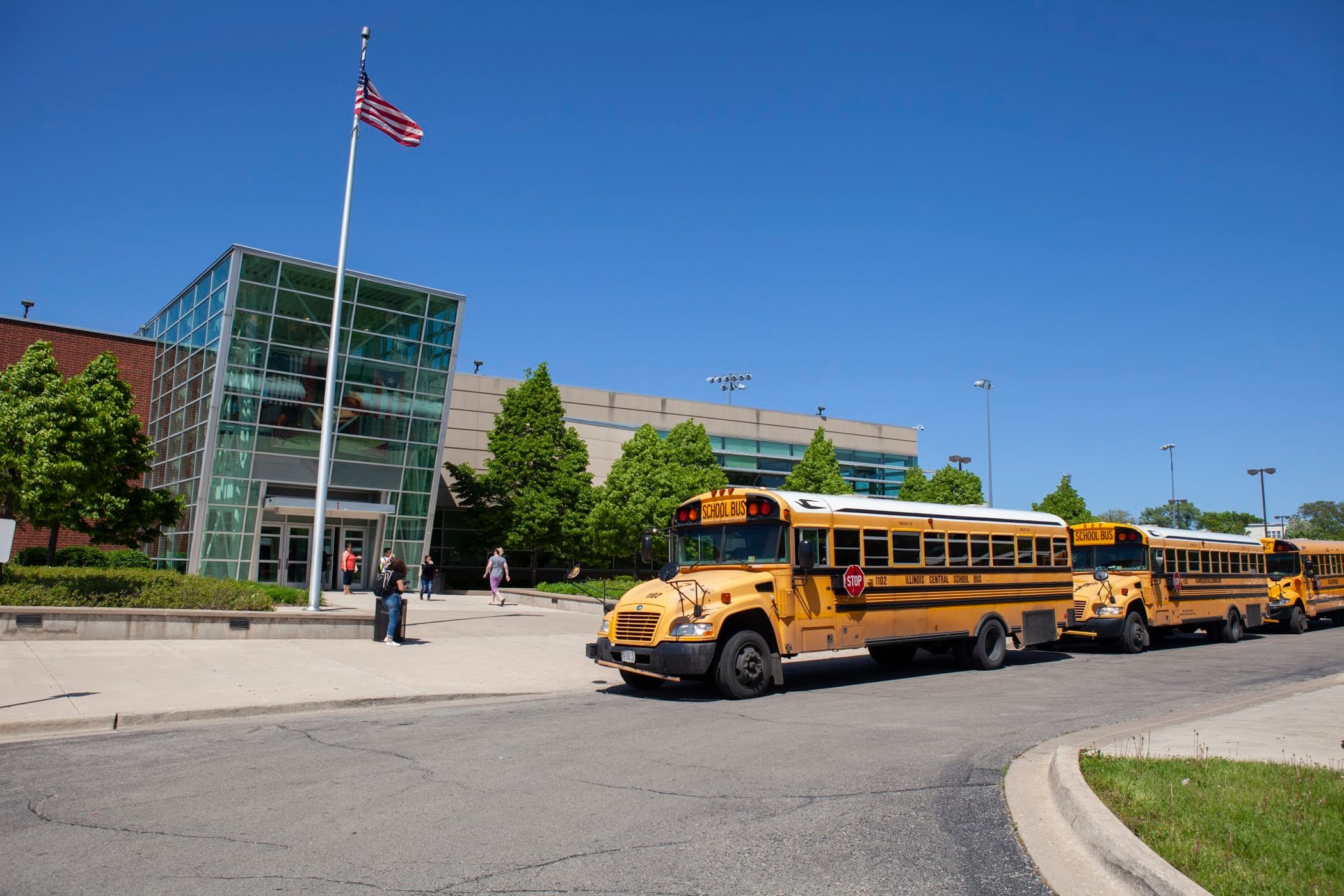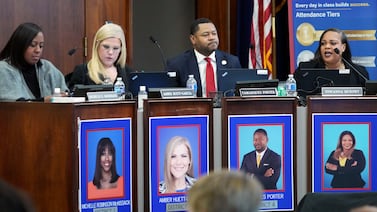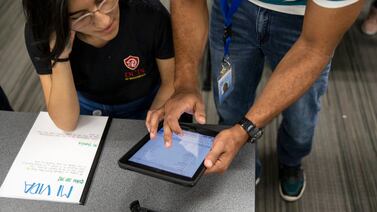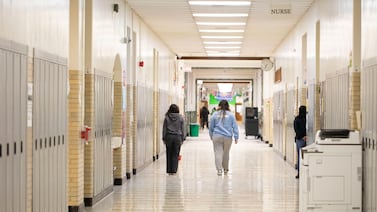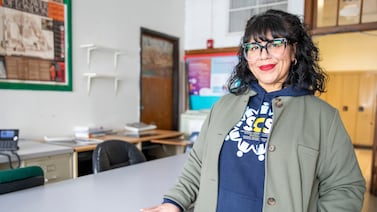Students will return one, two, or four days a week to campuses, depending on the size of the school. Wednesdays will be for remote instruction only. Invitations will be issued for students age 18 and older for vaccination clinics at schools.
The tentative agreement currently being weighed by teachers will dictate some important parts of campus life when Chicago high schools reopen. If teachers vote to adopt the agreement, that student return would start Monday.
The agreement also leaves questions open: How teachers will lead classrooms simultaneously with remote and in-person learners. Plans for vaccinating a wider age range of students and their families. Exactly how safety committees will work.
Read the tentative agreement in its entirety below or at this link. For full coverage and analysis of the deal, including next steps, click here.

